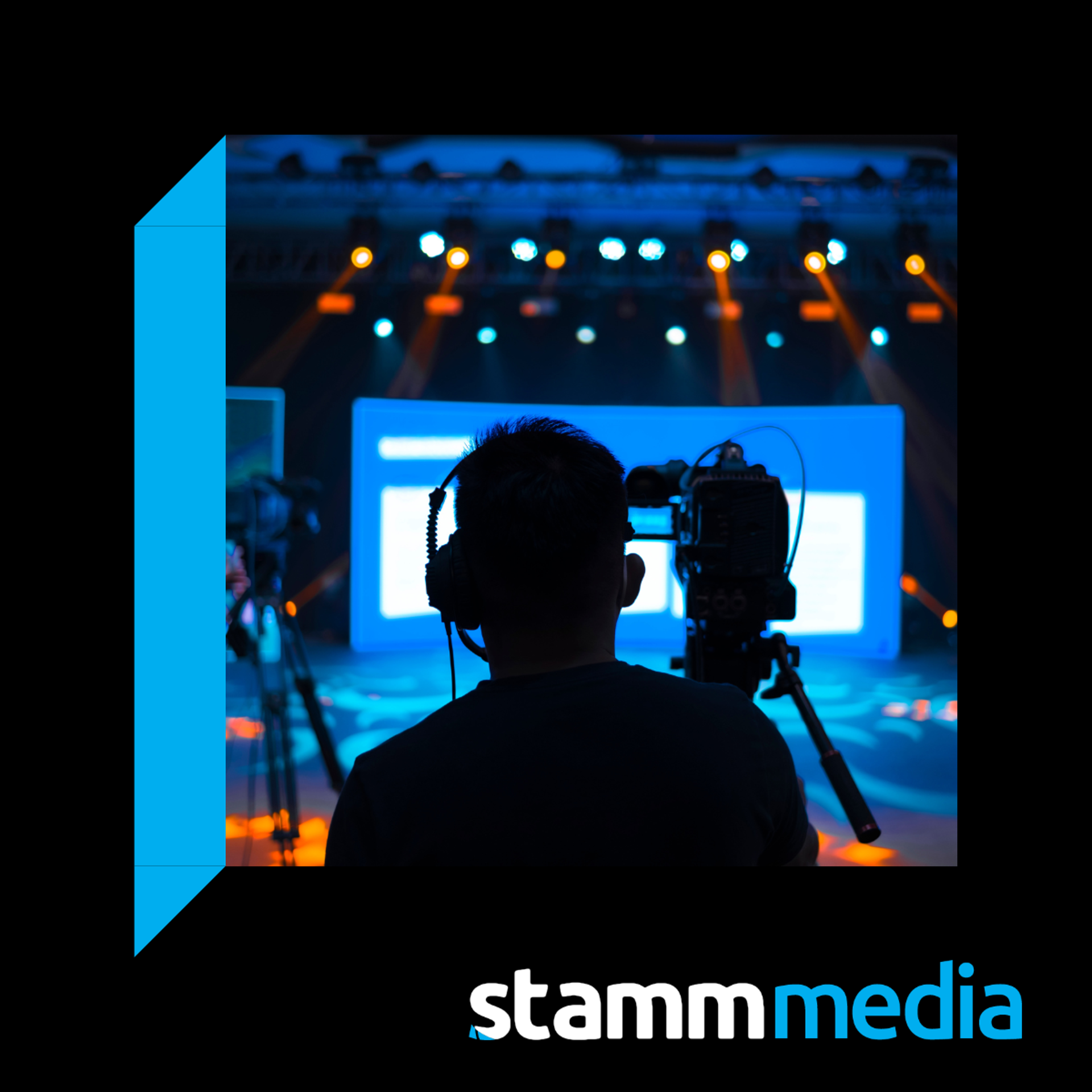TL;DR:
It’s not just pixel pitch—it’s sync. Pair fine-pitch dvLED with genlock + high-refresh processing, then tune refresh to the camera (features like ShutterSync) so you eliminate flicker, banding, and moiré. Result: crisp B-roll, clean interviews, and product shots that don’t fight the sensors.
Why LED Misbehaves on Camera
LED panels refresh thousands of times per second; cameras expose frames dozens to hundreds of times per second. When those clocks don’t align, you get flicker/banding (dark rolling bars) and moiré (shimmering patterns). The fix is straightforward:
- Lock the timing (genlock + high refresh).
- Match refresh to shutter (processor feature like ShutterSync or equivalent).
- Feed camera-friendly content (contrast, edges, and scale).
The Fast Path (Exec/PM version)
- Ask for genlock + high-refresh processing on the LED system (stability first).
- Publish a camera profile for press crews (shutter, ISO, white balance, frame rate).
- Test once during rehearsal; save the settings; don’t change them on show day.
If cameras are rolling—press, livestream, or social—treat LED like a camera department deliverable, not just a screen.
The Technical Path (for PMs, engineers, and camera teams)
1) Panel & Processor Setup
- Refresh rate: Target 3×–5× your frame rate (e.g., 1440–1920 Hz is fine; 3840+ Hz is ideal for slow shutter / high-speed).
- Genlock: If available, lock LED processor to house sync (tri-level preferred) so every device shares timing.
- ShutterSync (or equivalent): Nudge LED refresh to match the camera’s shutter/scan to kill residual banding.
- Calibration: Run a fresh uniformity/brightness/white balance calibration; disable “auto” modes that change mid-shot.
- HDR/EOTF: If you’re sending HDR, confirm matching EOTF on processor and playback. Otherwise keep it SDR, 10-bit.
2) Camera Setup (baseline starting point)
- Frame rate: 23.98/24/25/30 (pick one and stick to it show-wide).
- Shutter: Start near 1/(2× frame rate) (e.g., 1/60 at 30 fps), then move up/down to clear any faint bands once genlocked.
- ISO & WB: Lock both; avoid auto ISO/WB.
- Detail: Reduce in-camera sharpening to minimize moiré on fine UI/text.
- Focus: Favor product/people; keep LED slightly defocused for interviews if moiré shows up.
3) Content & Design Tips
- Avoid ultra-fine patterns: Sub-pixel grids, hairline stripes, micro-checkerboards.
- Edge discipline: Use bold edges, proper anti-aliasing, and sane font weights (no ultra-thin type at small sizes).
- Contrast & motion: Medium contrast, smooth motion curves; avoid tiny high-contrast elements that “sparkle.”
- Safe zones: Keep critical graphics away from the very top/bottom rows of the wall (lens distortions exaggerate artefacts).
Quick Playbooks By Use Case
A) Press Interviews on the Show Floor
- Background: medium-contrast brand loop (no micro-patterns).
- Lighting: key talent properly so the LED runs below max brightness (prevents clipping).
- Camera: lock WB/ISO; test shutter in 5-second increments; save as “Press_A” profile.
- Processor: genlock on; refresh tuned; freeze settings.
B) Livestream or Stage Segment
- Build a sync stack: show control ↔ playback ↔ LED processor ↔ camera chain.
- Run a 2-minute “banding hunt” pass: slow pan + gray ramps + white logos; adjust shutter/refresh until clean.
- Log everything in the runbook (panel brightness, processor profile, camera shutter/ISO).
C) Social B-Roll & Product Demos
- Use short, bold loops that read on phones.
- Frame tighter on products; let LED be context, not the subject.
- If moiré appears, soften focus on the LED by a hair and shorten shutter.
Troubleshooting Cheatsheet (Show-Day Triage)
- Faint, rolling bars: Increase LED refresh, enable genlock, then increment camera shutter until bars disappear.
- Moiré on UI/text: Slightly defocus background LED, reduce sharpening, and thicken fonts 1 step.
- Color shifts between shots: Lock WB on all cameras; disable dynamic contrast/auto gamut on the processor.
- Random brightness pumping: Kill “auto” modes (eco/ambient). Set fixed nits that match your lighting.
What We Bring (Stamm Media)
- Camera-ready LED packages (fine pitch options, including P0.9 arriving Jan 1, 2026).
- Processors with genlock & refresh tuning (ShutterSync-style features).
- Show-day engineering with Stamm Tech: stable networks for livestreams, secured routing, and monitoring so your stream doesn’t fall over.
FAQ
Do we need sub-1.0 mm pitch for camera work?Not always. Sync + processing fix more problems than pixels alone. Choose pitch based on distance and content, then make it camera-ready.
What if my camera team can’t genlock?You can still clear banding by matching LED refresh ↔ shutter with processor features and small shutter tweaks.
Will this help phone footage?
Yes—high refresh and good content design reduce flicker for phones, too.
